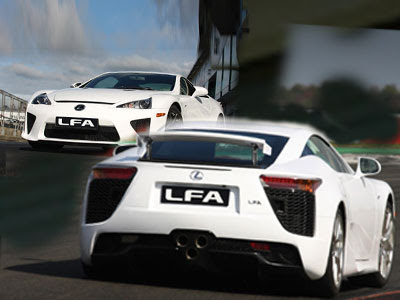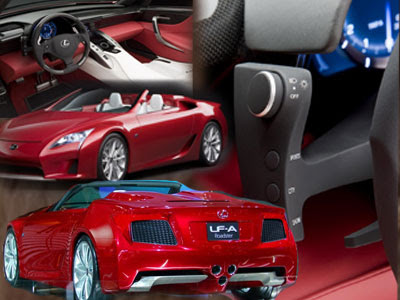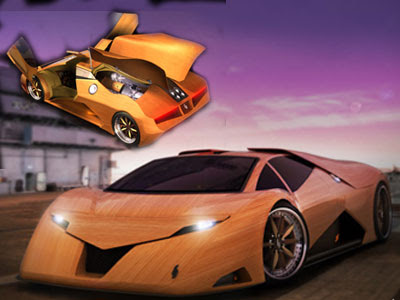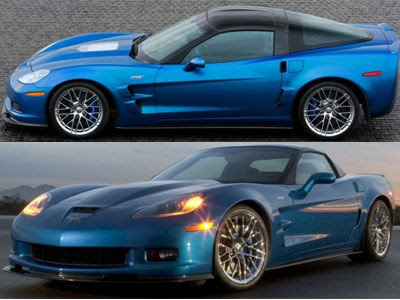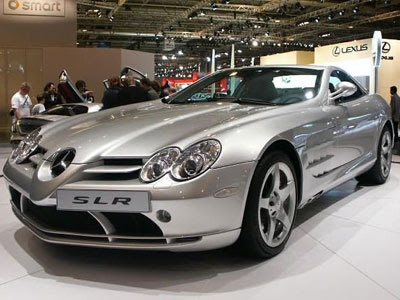 Perfect Dodge Neon 2000 Supercar Modification Concept
Perfect Dodge Neon 2000 Supercar Modification ConceptCAR REF NUMBER
31904
CAR COLOUR
LimeGreen
ENGINE MODIFICATIONS
iceman cold air intake/k&n filter, bomz front strut bar, ngk spark plugs, mopar spark plug wires, 2 1/4" piping/dual racing exhausts, blue dress up hosing, optima battery(blue top), nrg ground wire kit, nrg oil catch can, nrg electronic stablizer, 15" green streetglow lighting in engine compartment/trunk/underdash
SUSPENSION MODIFICATIONS
eibach lowering springs, tockico shocks
ALLOY WHEELS
19" giovanna kobes
TYRES
nitto 215/35/19 tires
BRAKES
ebc slotted/crossdrilled rotors, ebc green stuff brakes
EXTERIOR MODIFICATIONS
jt evo lambo doors, jt autostyle evo v front with fog lights, evo ii rear, jt evo ii sideskirts, jt evo type m rear wing, kaminari hood, tyc tail lights, (max zone)diamond clear headlamps/blinkers, custom limegreen paint, m3 style mirrors, jt autostyle wind splitters/stablizers, rally style grafix by 5th dimension, green underbody streetglow kit, shaved door moldings, flip-flop trunk
INTERIOR MODIFICATIONS
full custom interior by california upholstery-limegreen felt/white vinyl, monkey bars half-roll cage, upgraded white face gauge cluster, indiglo pedals, 5" autometer tach, painted vents/center console/door accents,bomz racing seats, sparco 3 point harnesses, auto meter phantom guages(air/fuel ratio, voltometer, exhaust temperature, nitrous pressure, oil temperature), autometer pillar/dash pods
IN CAR ENTERTAINMENT
in-dash 7" kenwood excelon touch-screen, (2)-1000 watt 1 channel amps, (1)-1200 watt 5 channel amp, (2)audiobahn capacitors, kenwood excelon components in front and rear, (2) 15" kicker l7 solo barics/w custom enclosure
(FUTURE PLANS)
Future Exterior mods: Suicide rear doors, lexus is 300 brake light conversion, Sunroof, fender flares or widebody, New paint job, Suicide hood
Future Interior mods: more Tvs, more interior lighting


Future Motor mods: Full turbo kit, Nitrous kit, headers, transmission conversion, all ignition units replaced, computer upgrade, chrome valve cover, paint plastic parts, cams





